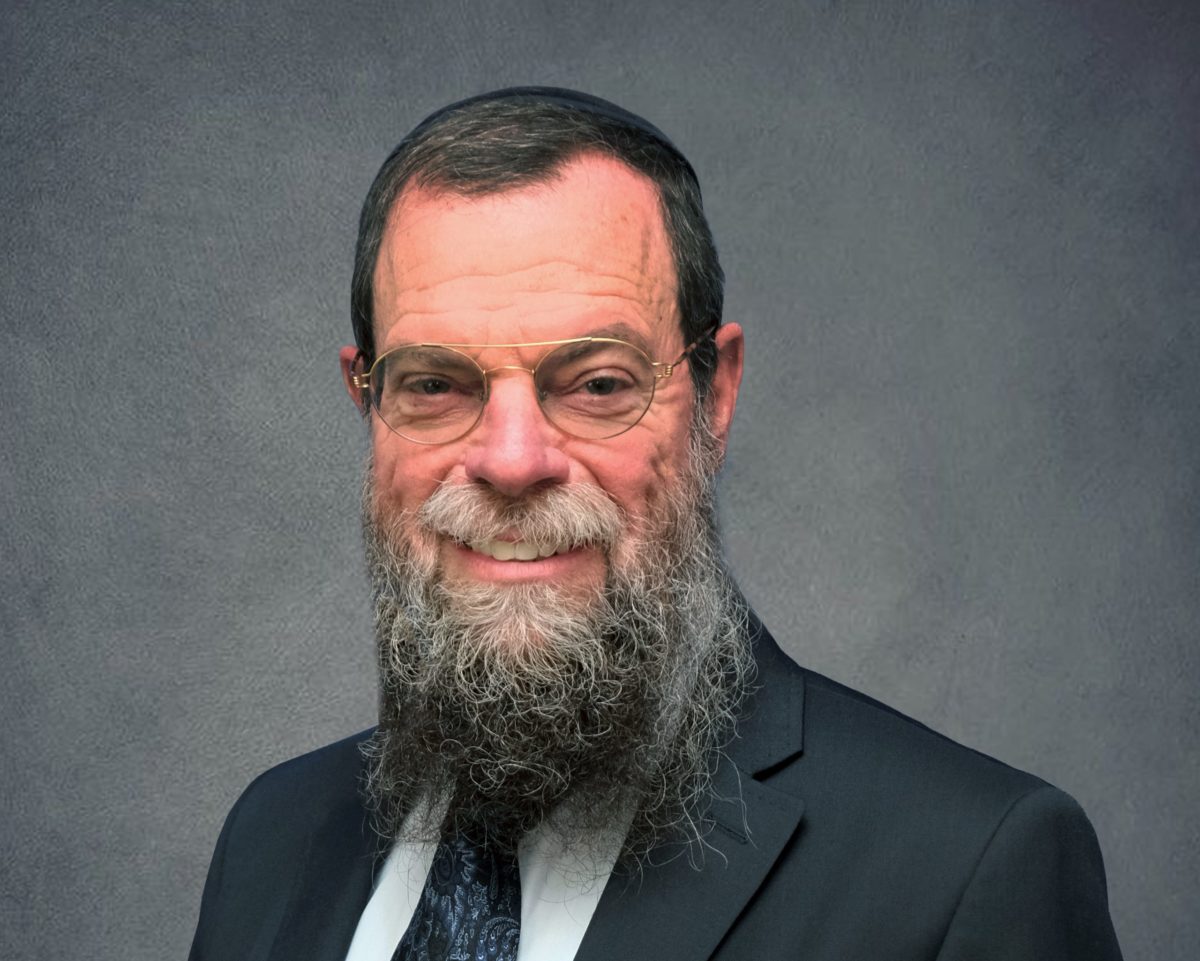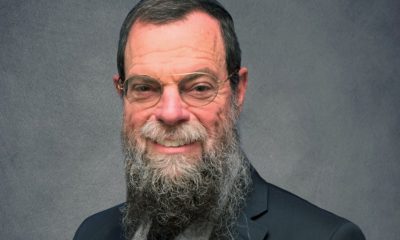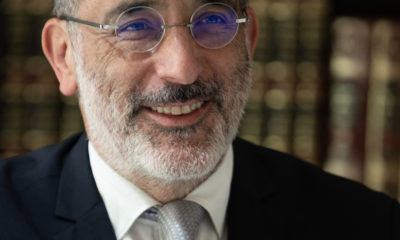
Religion

The light has dawned
Jews have always been fond of answering one question with another. In fact, Golda Meir was once asked by a journalist, “Why do Jews always answer one question with another question?” She gave a simple answer. “Why not?”
So here’s question number one: Moses is the hero and main protagonist in the story of Pesach and the exodus from Egypt. And yet, the haggadah read on seder night telling the story of slavery and redemption hardly mentions his name at all. There’s but one mention in passing where the verse from the Splitting of the Sea is quoted, “And they believed in G-d and in Moses, His servant.” I wouldn’t exactly call that getting his name in neon lights. But surely Moshe is the “star of the show” and deserves to be highlighted throughout the narrative? Why is he “missing in action” in the haggadah?
Allow me to answer this question with another.
One of the most famous passages from the haggadah recounts the story of some of the greatest sages of the time who gathered in Bnei Brak for the Pesach seder and “they were discussing the exodus from Egypt all that night, until their students came and told them, ‘Our masters, the time has come for reciting the morning Shema’.”
Here’s question number two: If your rabbi and teacher was giving a shiur and he was going on a bit, and sunset was approaching, and it was time to daven Mincha, would you interrupt him to tell him? I can say with certainty that if I was listening to my teacher and mentor, the Rebbe, and he was giving a talk and sunset was approaching I would remain absolutely shtum! I would never have the chutzpah to interrupt my saintly teacher. And here are some of the greatest sages of the generation – Rabbi Eliezer, Rabbi Yehoshua, Rabbi Elazar ben Azaryah, Rabbi Akiva, and Rabbi Tarfon – and these young students have the cheek and audacity to show them their watch, to tell them to hurry and finish their discussions as it’s getting late to recite the Shema? What gall! What temerity!
I once came across an interpretation that answers this question beautifully. It’s somewhat alternative, but it’s in the classic mode of drush, what we call homiletics. This is where the word “drosha” comes from, meaning a sermon. In sermons, rabbis often employ the methodology of drush in expounding and interpreting a Torah verse in an original, creative way to give the congregation a meaningful message beyond the simple, straightforward explanation of the Torah verse.
Basically, in our haggadah passage, if we move the comma just one word forward, it sheds altogether new light on this story. The traditional understanding is that the rabbis were discussing the exodus all night, and in the morning, their students arrived and said, “Our masters, the time has come for reciting the morning Shema.”
However, if we move the comma just one word later, it has a whole new meaning. The passage would then read: “The rabbis were discussing the exodus all that night, until their students came, and our rabbis told them, ‘The time for the morning Shema has arrived.’”
In other words, the statement about the time for the morning Shema wasn’t made by the students, but by the rabbis themselves.
You see, these great rabbis were up all Pesach night discussing the exodus story, its deepest meanings and interpretations. Night symbolises darkness. Indeed, they were living in the dark, depressing era after the Romans had destroyed the Second Temple and were brutally occupying Israel. No doubt, they were bemoaning the state of the holy land and its Jewish community in that terrible era. Would there be a future for Judaism? Could the Jewish people rebuild and regenerate after such a calamitous tragedy? These must have been the questions they were grappling with.
Until the morning dawned, and their students arrived. And suddenly, the rabbis were encouraged and their mood lightened. The arrival of a group of young Torah scholars hungry to learn brought them new hope for the Jewish people. They saw a brighter future, now assured by a new generation of dedicated students eager to keep the faith and study Torah. “The morning has arrived!” the rabbis gratefully proclaimed. They beheld a new light bringing new hope and confidence in the Jewish future.
According to this alternative explanation, it wasn’t the students interrupting their teachers, but the rabbis declaring their hope, faith, and confidence in the enthusiastic commitment of these young scholars. To them, this represented a new light, and the dawning of a new generation.
Now we can better appreciate the absence of Moshe’s name from the haggadah story. While there’s barely any mention of Moshe, there’s another prophet who does feature prominently at the seder table. Eliyahu Hanavi, Elijah the Prophet, is prominent in every Jewish home on seder night. There’s the very visible Fifth Cup of Elijah, and in the latter part of the haggadah recital, we also open the door for Elijah.
Moshe is described as our first redeemer. Eliyahu, however, represents the final redemption. In Jewish tradition, Elijah is known as the harbinger of Moshiach. He’ll arrive and announce the great redeemer’s imminent coming, please G-d. “Behold, I will send you Elijah the Prophet before that great, awesome day,” says the verse in Malachi, which we read on Shabbat Hagadol just before Pesach. Elijah will be the one to herald the final redemption.
Those rabbis of old were comforted and reassured by the arrival of a new crop of young Torah students. And at our seder tables, too, we want to focus our attention not only on the past but on the future; not only on the redemption from Egypt, but on the final redemption of Moshiach. Hopefully, this can help us to better understand why, at the seder, Eliyahu gets more coverage than Moshe.
Like Rabbi Akiva and his colleagues, we, too, live in the shadow of the destruction of European Jewry and the Holocaust. Nor are we yet finished with Hamas & Co. But in spite of all our challenges, we’re heartened by the emergence of a new generation dedicated to Torah study and Jewish continuity. Like the rabbis at their seder, we, too, have reason to be confident that a new dawn has risen and who will proudly proclaim “Shema Yisrael” and the eternal oneness of G-d.
Wherever we may be celebrating Pesach this year, may we all be together “next year in Jerusalem!”
- Rabbi Yossy Goldman is the life rabbi emeritus at Sydenham Shul, and president of the South African Rabbinical Association.








